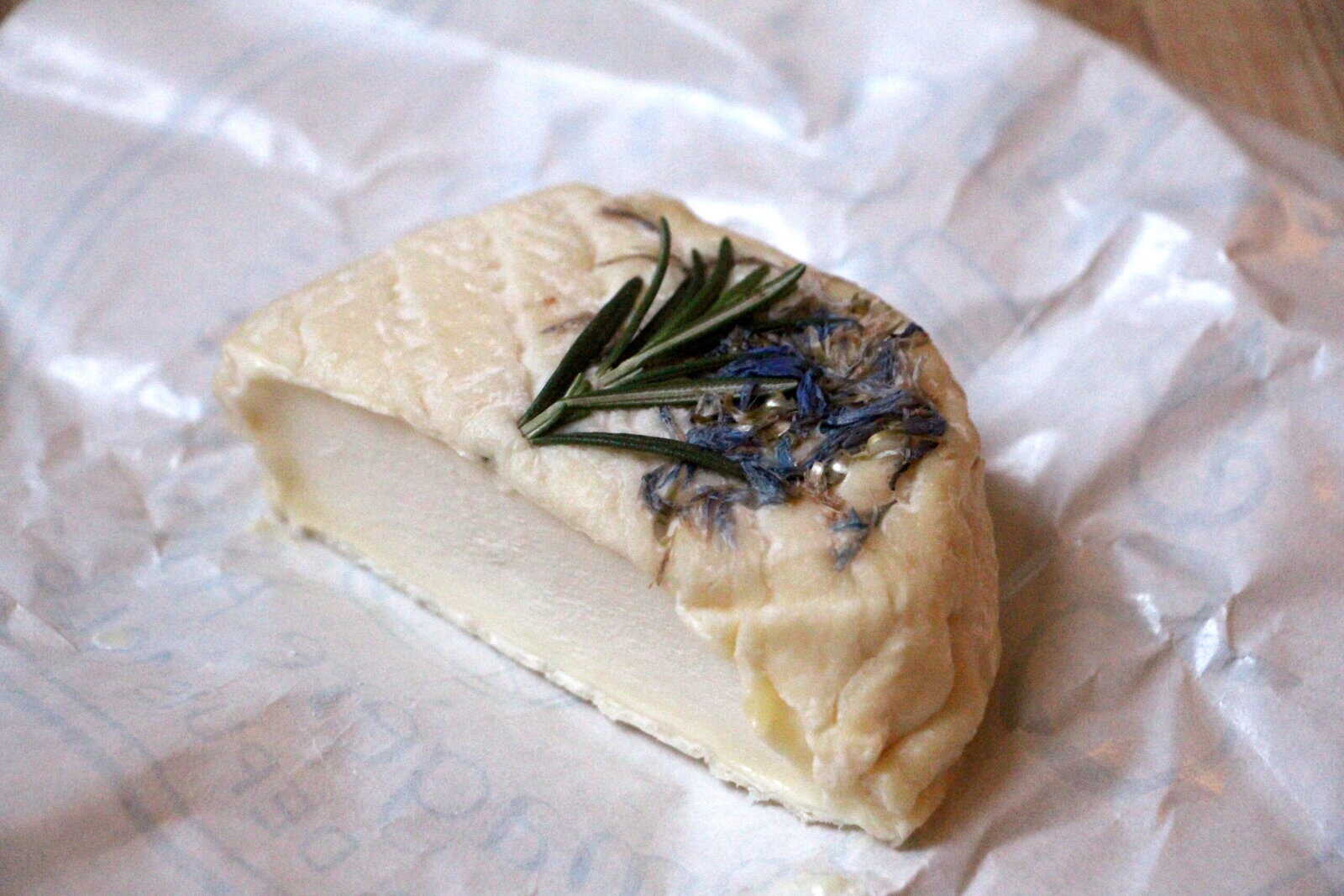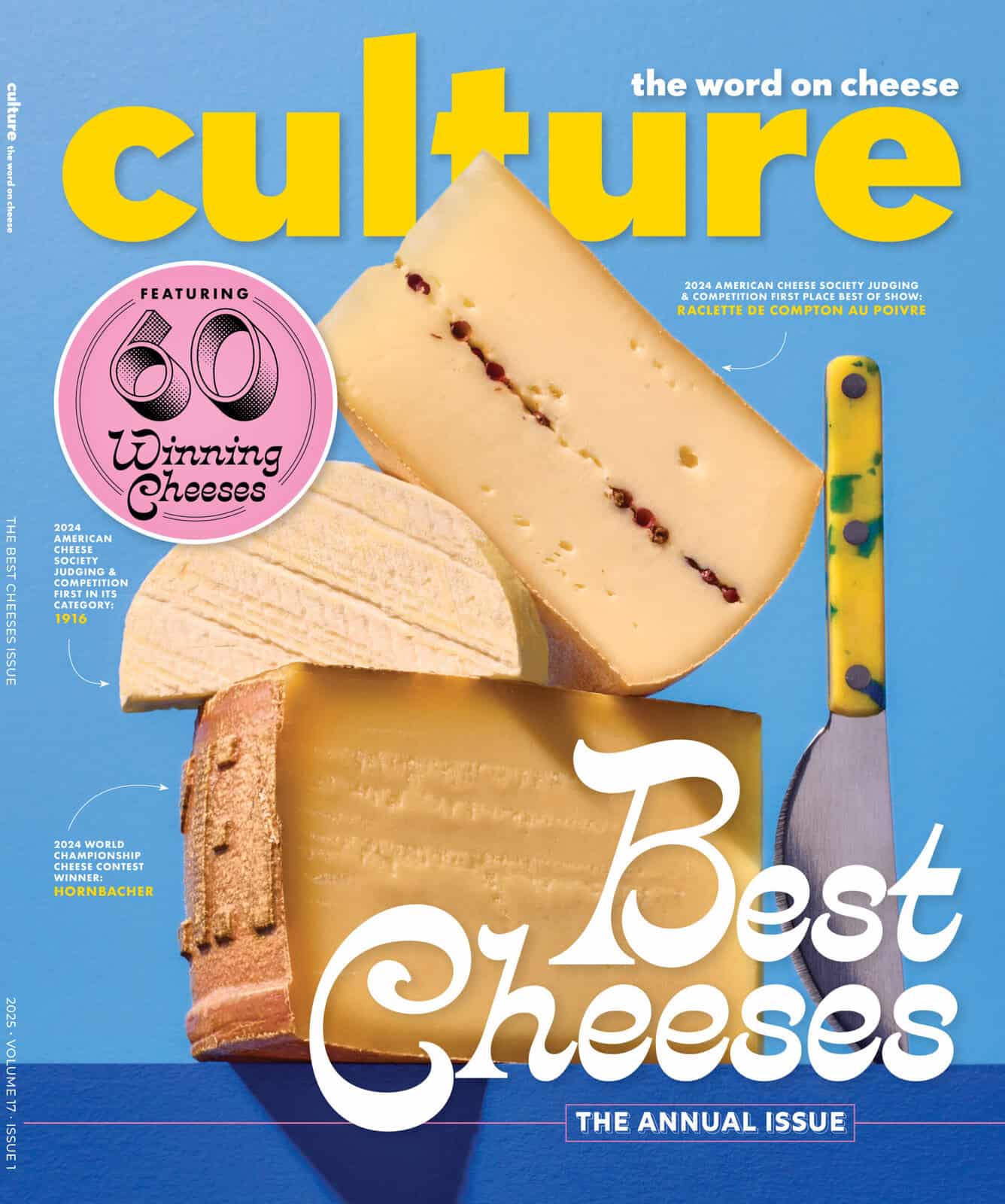
These cheeses from one of France’s most famous wine regions are perfect for summer
The Loire Valley is known for Renaissance châteaux, tumbling vines of the Sancerre and Quincy appellations, and of course, goat cheese. A whopping five of the 16 AOP chèvres produced in France come from this region, and that’s no surprise.
If you believe legend, you can thank the 8th Century Umayaad invasion of Gaul for the presence of goats in the Loire Valley. In reality, neolithic evidence proves that these little animals have lived here for millennia. More likely? The Moorish invasion introduced rennet-coagulated cheeses to the area, which quite possibly joined the lactic technology still preferred by many cheesemakers in the region today. Their influence left its mark on the names of many of these cheeses, including Sainte-Maure de Touraine (Saint Moor).
Loire Valley goat cheeses tend to stand out from those made stateside thanks to their muted acidity. These are not the cheeses to stand up and proclaim “I am a chèvre!” Instead, alkaline ash or vermicular Geotrichum candidum rinds help them develop balanced, subtle flavors of lemon, hazelnut, and fresh milk.
Additionally, a plethora of chèvres devoid of the AOP label join a handful of ewe’s and cow’s milk delicacies—and all pair perfectly with a crisp glass of Sancerre.
Here are the ones you need to know:
Chavignol
While many cheesemongers sell this tiny button of cheese under the name Crottin de Chavignol, according to Delphine Lafond of master ager Dubois-Boulay, this is a grave error. Indeed, while the word crottin likely comes from the Berrichon term for a special type of oil lamp Chavignol resembles, in modern French, crottin refers to cow or horse dung— not the most appetizing nickname for a gorgeous goat cheese. This small, lactic cheese stands out thanks to its wrinkled rind and dense, chalky interior. As it ages, the white exterior becomes blue-gray, and an intensely mushroomy, nutty flavor develops.
Sainte-Maure de Touraine
This near-cylinder of ash-covered goat cheese sports a unique calling card: a blade of rye grass that pierces the center. Historically, the grass was inserted because these long cheeses were less uniform and more likely to break when moved into aging cellars. Today, the rye is a nice nod to tradition and keeps the interior moist, though it does make slicing a bit difficult. According to local tradition, you should slice from the wide end first and slip the rye out to make slicing easier; this will also allow you to read the number associated with its producer engraved on the rye with a laser. The cheese boasts a tender, starkly white interior and a nutty flavor that only intensifies with time.
Valençay
Ash-covered Valençay ostensibly got its truncated pyramid shape in the 19th century, following the failed Egyptian campaign of Napoleon. According to legend, the diplomat Talleyrand, who was living at the Valençay château at the time, decapitated each pyramid of cheese in advance of the emperor’s visit to help him save face. Whatever the reason for its distinctive shape, Valençay is a delicious local specialty, known for its fine, creamy texture and aromas ranging from fresh walnut to toasted hazelnut.
Pouligny Saint-Pierre
Despite its pyramid shape, inspired by the belltower of the local church, Pouligny Saint-Pierre shares more in common with Chavignol than Valençay. It, too, is known for colors ranging from ivory to blue-gray, depending on affinage. When it’s aged “en blanc,” Pouligny is brighter and more lemony, with nutty aromas. The “en bleu” version is more assertive and, frankly, goaty.
It’s worth noting that this cheese is made exclusively in Brenne Natural Regional Park, one of the smallest AOP areas in France.
Selles sur Cher
This little hockey puck of cheese boasts loads of flavor. The hazelnut aromas lovers of local chèvre know well are combined with slight acidity and a touch more salt than most. Mild and nearly fluffy when it’s young, this ashed goat cheese becomes denser and richer in flavor with time. A 20-day-old Selles sur Cher is the prototypical ideal, with a frank caprine note counterbalanced by a lovely nuttiness.
Couronne Lochoise
While Couronne Lochoise doesn’t have an AOP, this crown of cheese is no less distinguished than its siblings. With a dense, creamy interior and a lovely, runny creamline beneath its thin rind, Couronne Lochoise is mild-mannered, fresh, and buttery with slight woodsy and mushroomy notes. It’s a lovely chèvre that’s easy to fall for—even for those who think they aren’t goat cheese fans.
Trèfle du Perche
This clover-shaped cheese is made in the Perche, on the border between the Loire Valley and Normandy, by just a handful of producers. It may not have an AOP, but these small farmers have banded together and established an independent charter, holding themselves to certain quality standards. The raw milk cheese stands out thanks to its long draining time, which lends it its unique texture: nearly chalky with a lovely creamline. The application of ash and black salt yields a dark exterior. The result is a goat-forward cheese with a salty zing balanced by nutty and deep woodsy aromas.
Fleur de Braslou
In the village of Braslou, locals season this raw goat’s milk delicacy with Guérande sea salt. The cheese boasts a thin, ivory rind, and young versions have a smooth, creamy interior that becomes denser and crumblier with time. As it ages, Fleur de Braslou becomes more musky and caprine, perfect for lovers of more assertive chèvres.
Berrichon
While this raw milk cheese may look like many of the other lactic creations on this list, it stands out in one important way: It’s made with sheep’s milk. This fat-rich milk results in an ultra-creamy cheese with a melt-in-your-mouth texture revealing a delicate flavor with a touch of lanolin. Some affineurs, like Paris’ Virginie Boularouah, top Berrichon with wildflowers to evoke the cheese’s naturally nutty aromas.
Olivet
The Loire also has a handful of cow’s milk delicacies to share, including this bloomy-rind delight crafted just outside Orléans. Relatively mild and creamy, this pasteurized cheese descended from Camembert, though Olivet is less intense, with a more lactic flavor and a slight hay-like aroma. Though uncommon for this style of cheese, Olivet was historically ashed on the outside, like many of the region’s goat cheeses. These days, however, Olivet is finished a variety of ways: coated in crushed peppercorns, aged in hay, or seasoned with herbaceous sage.








